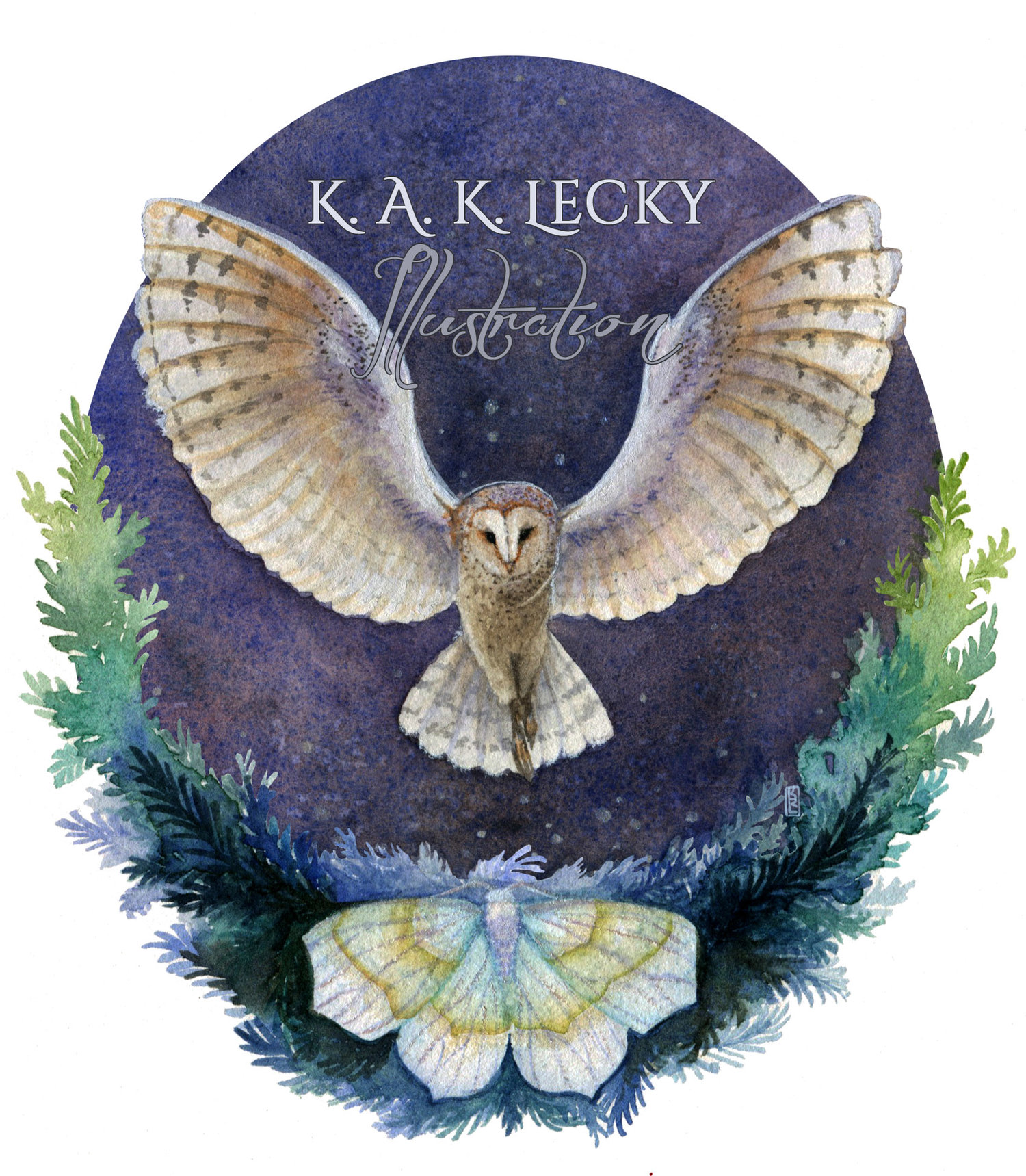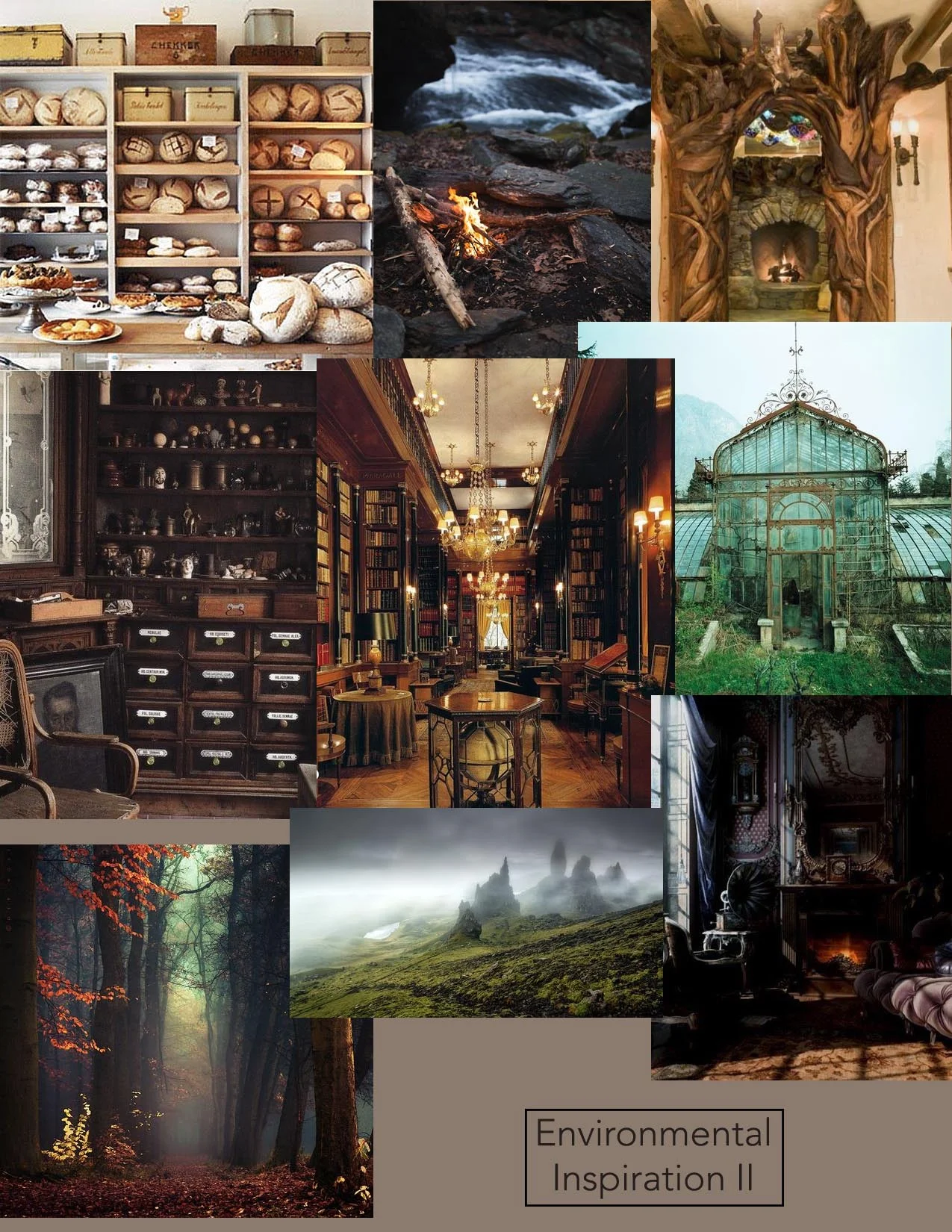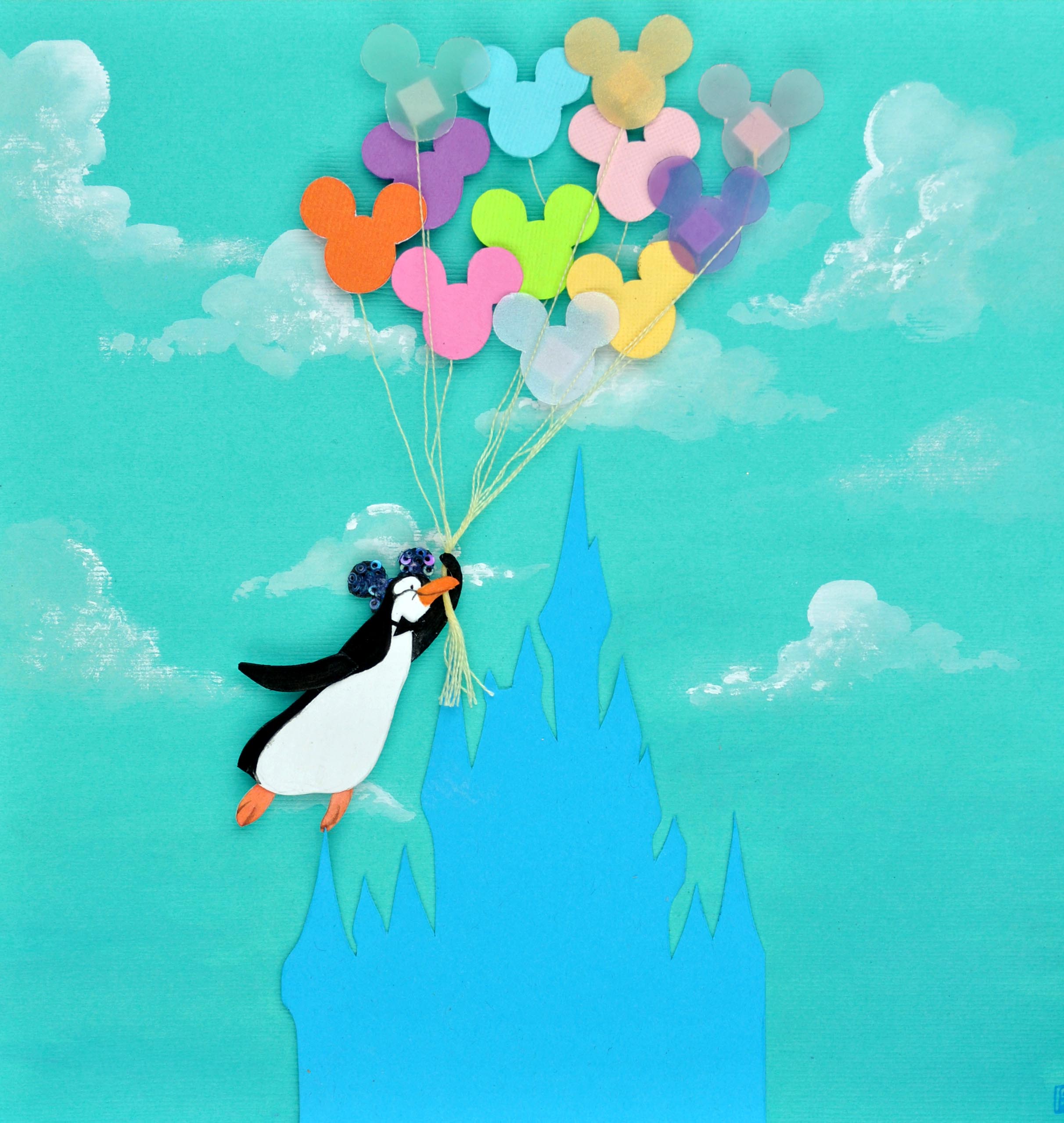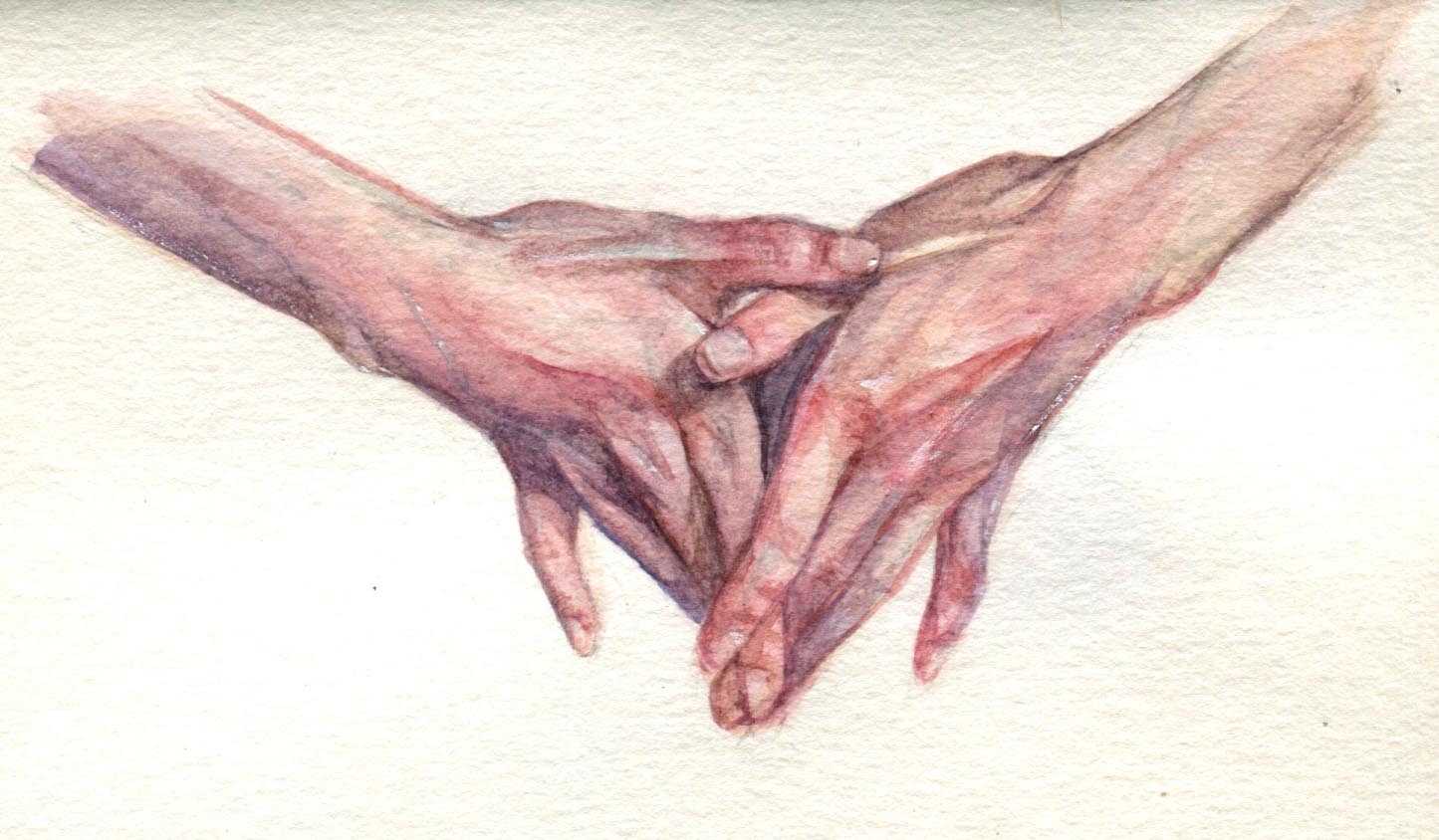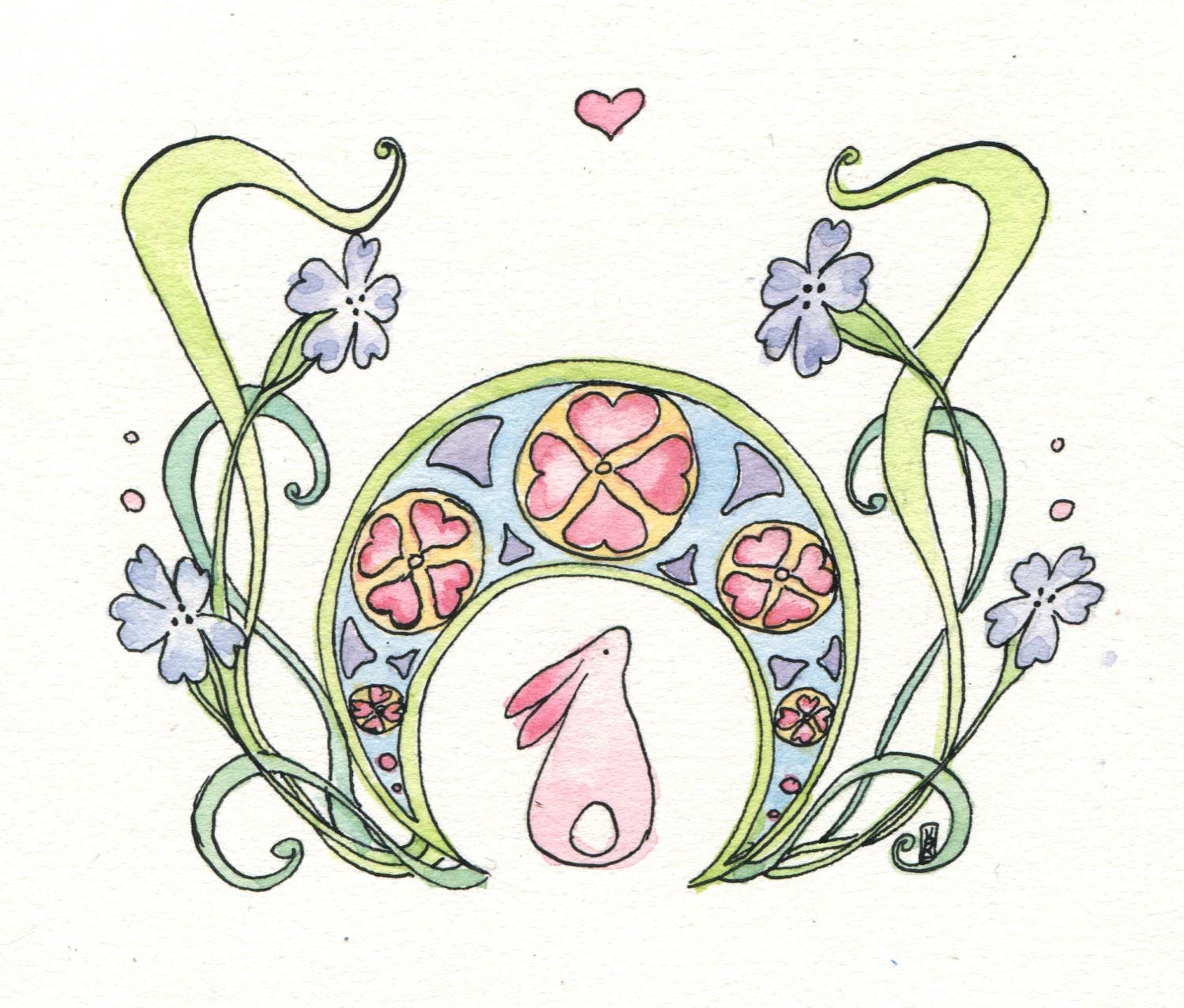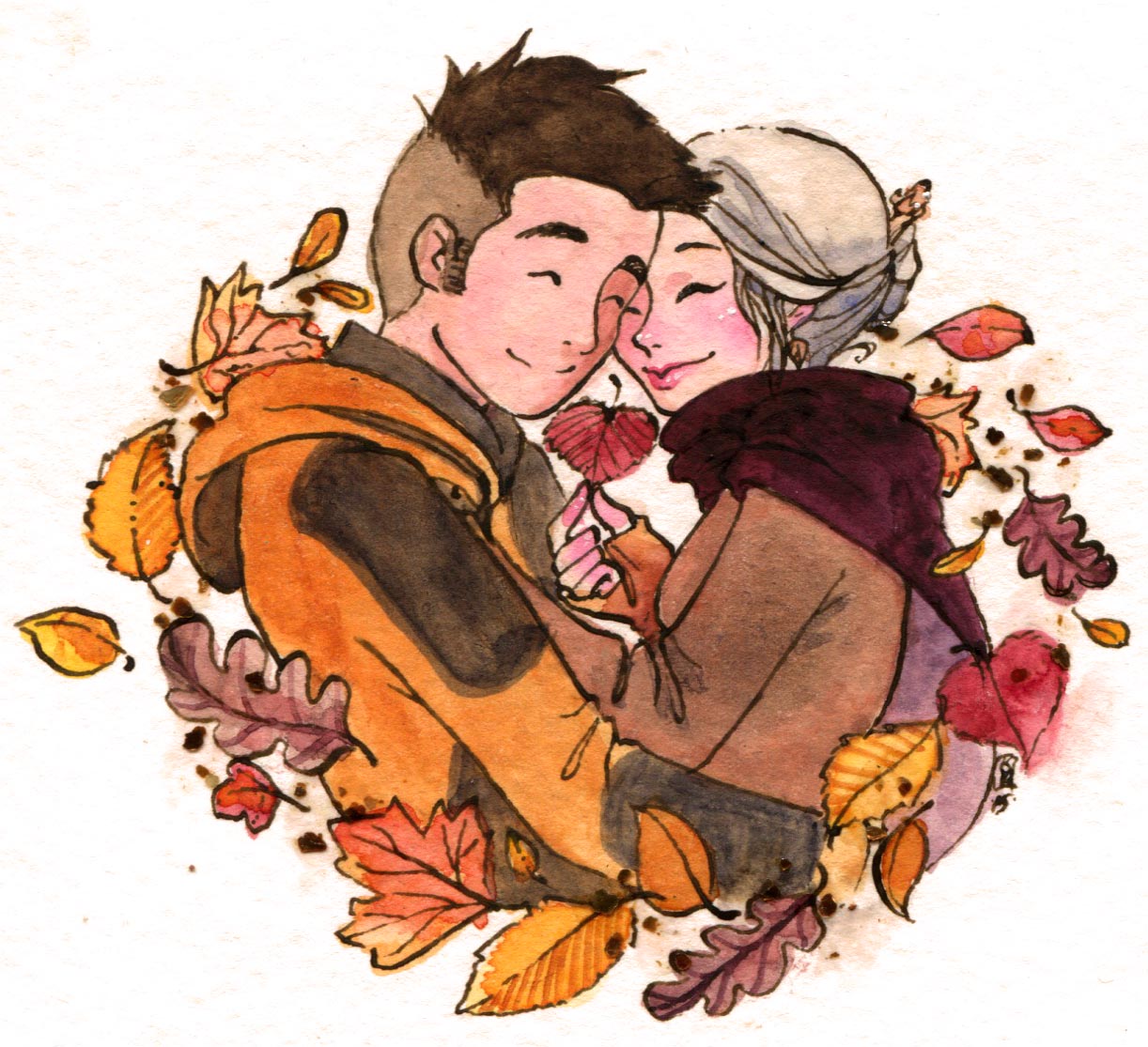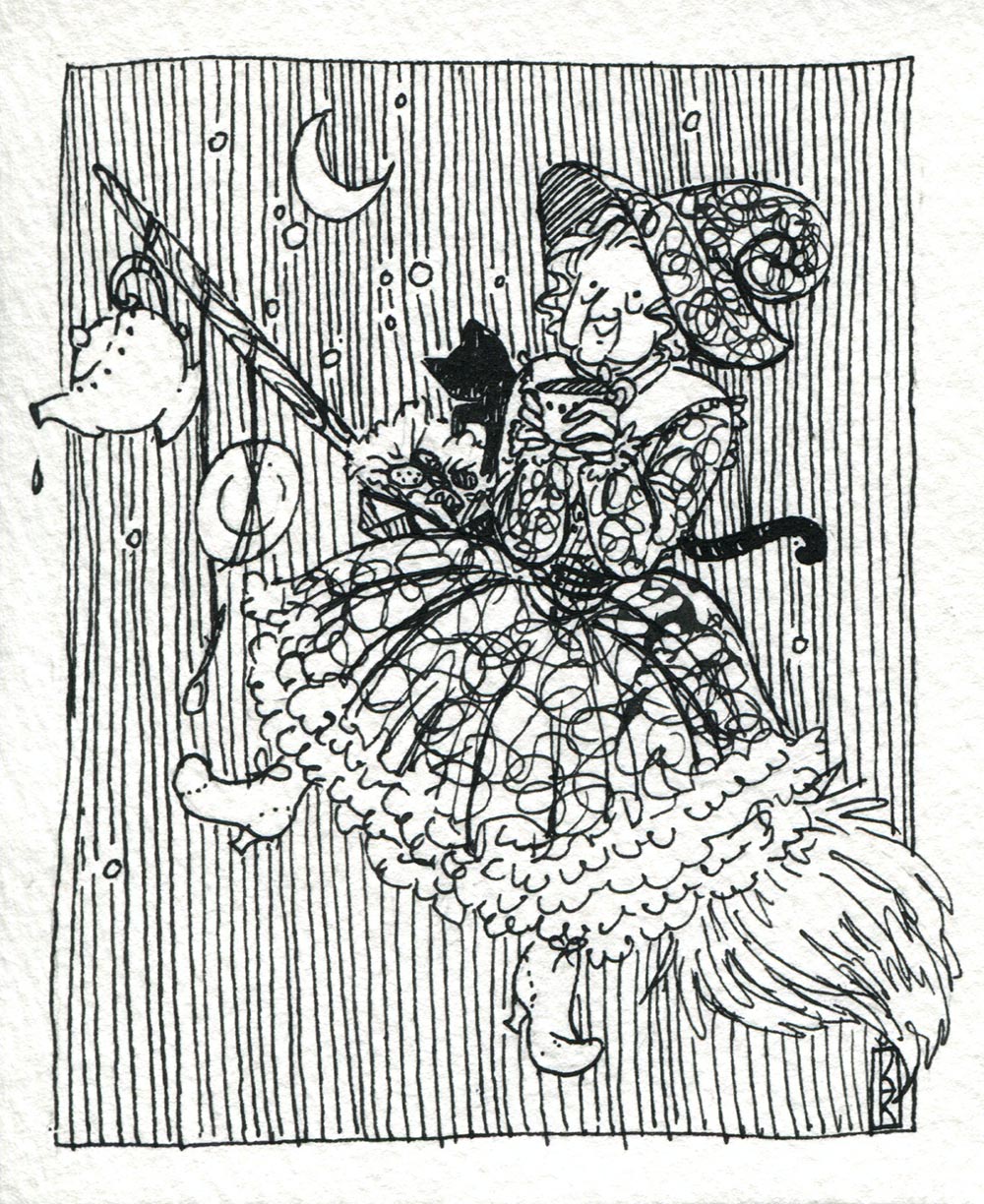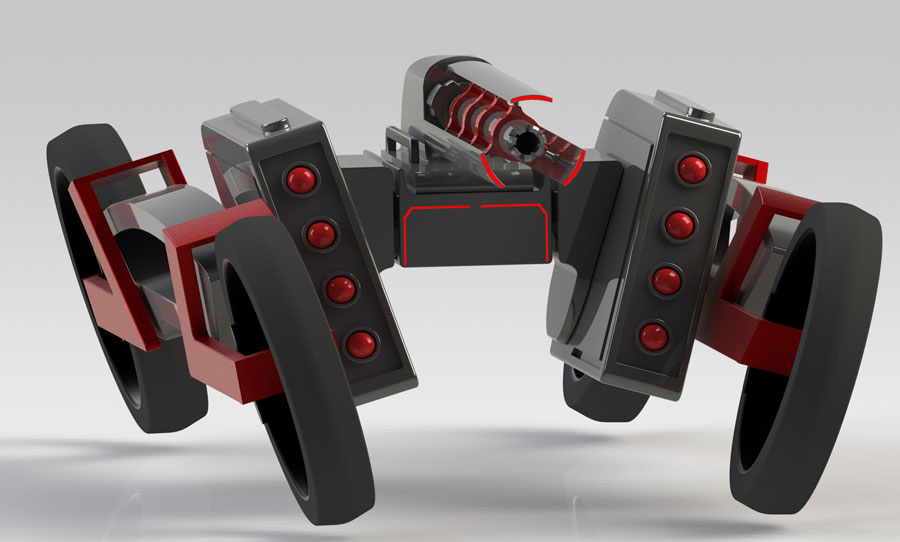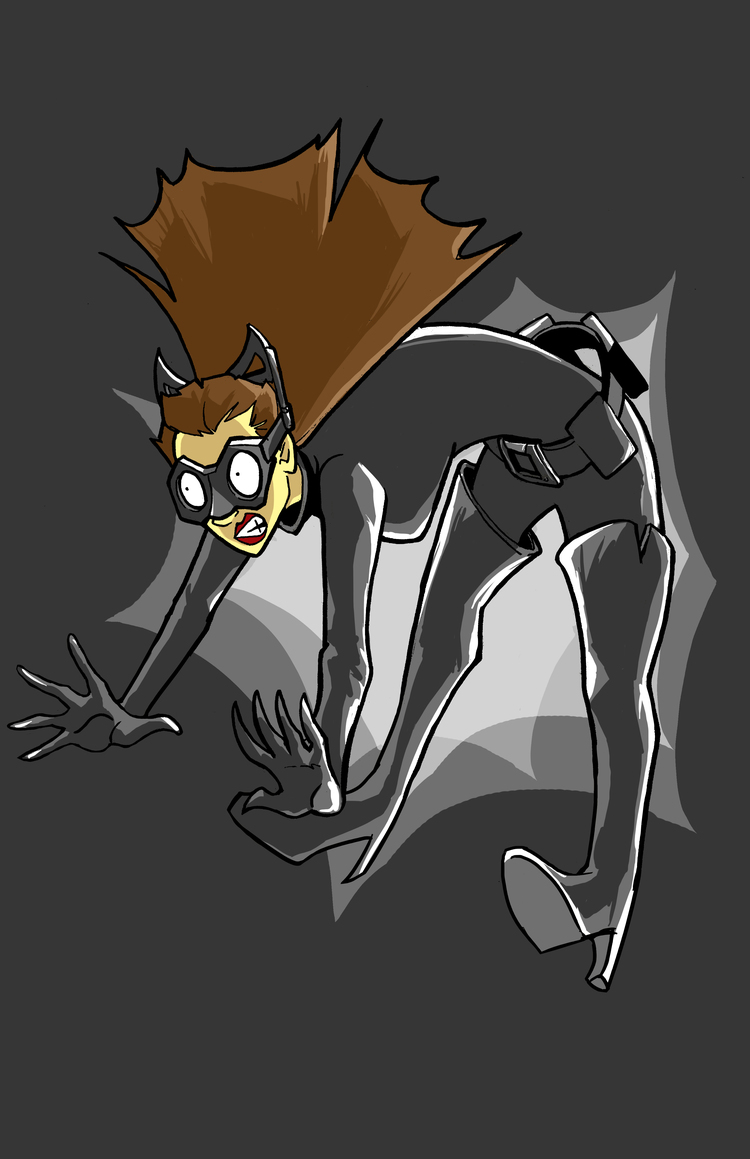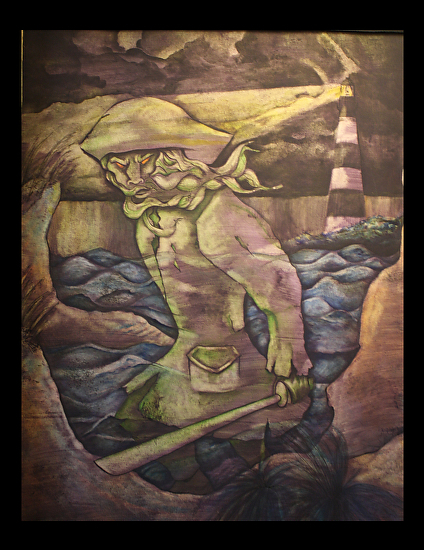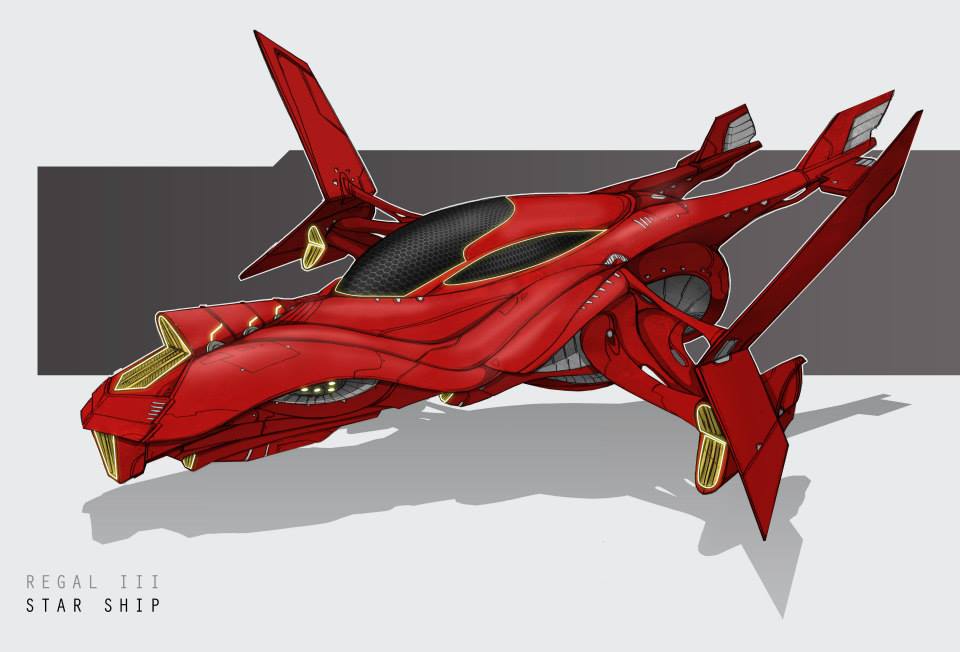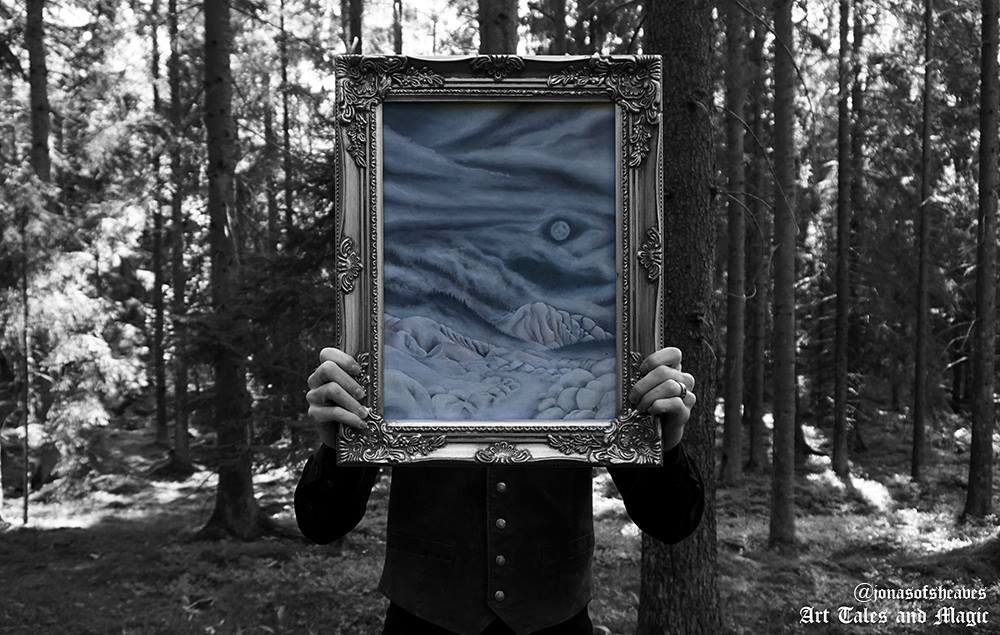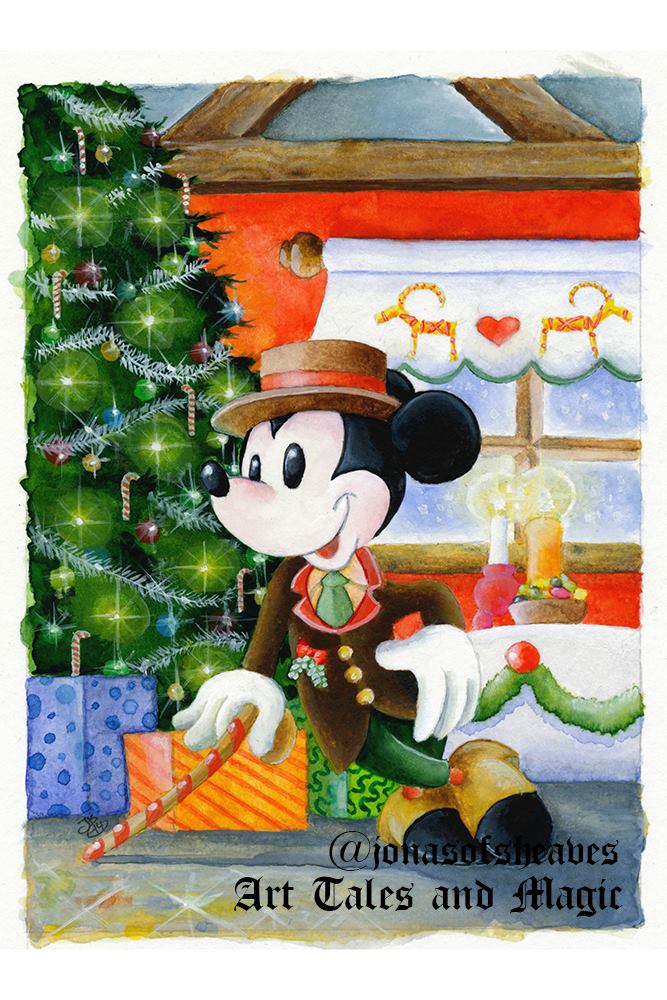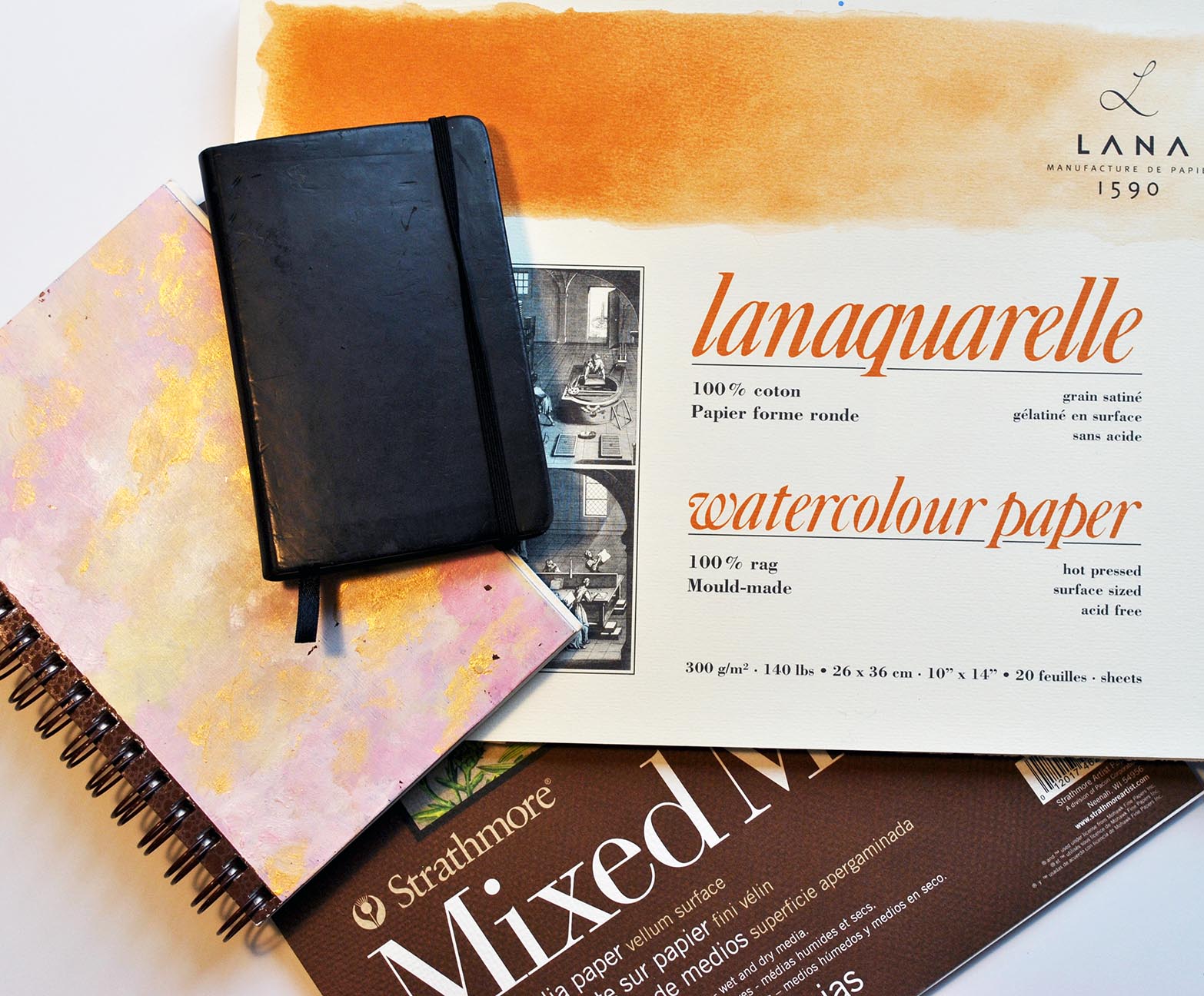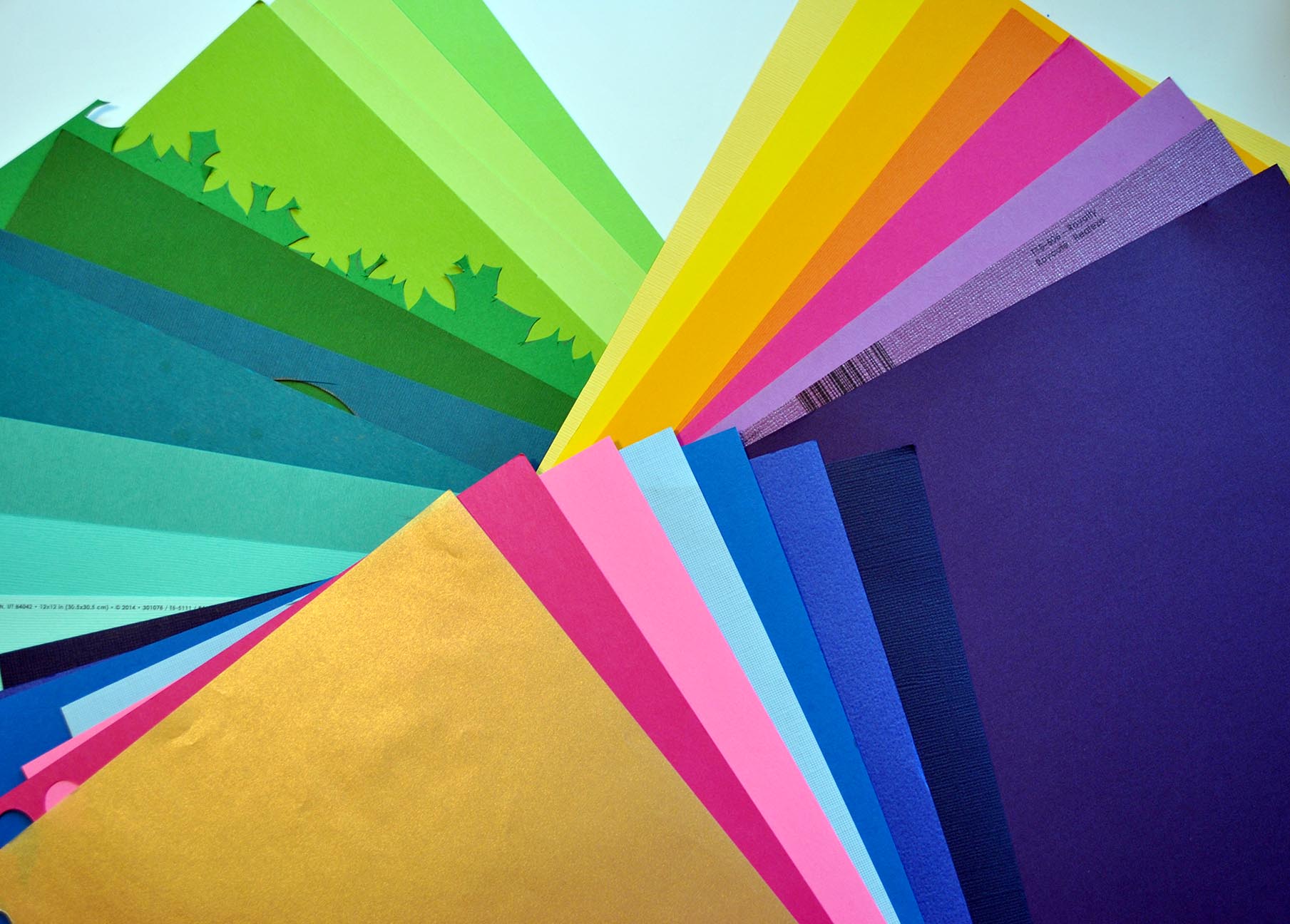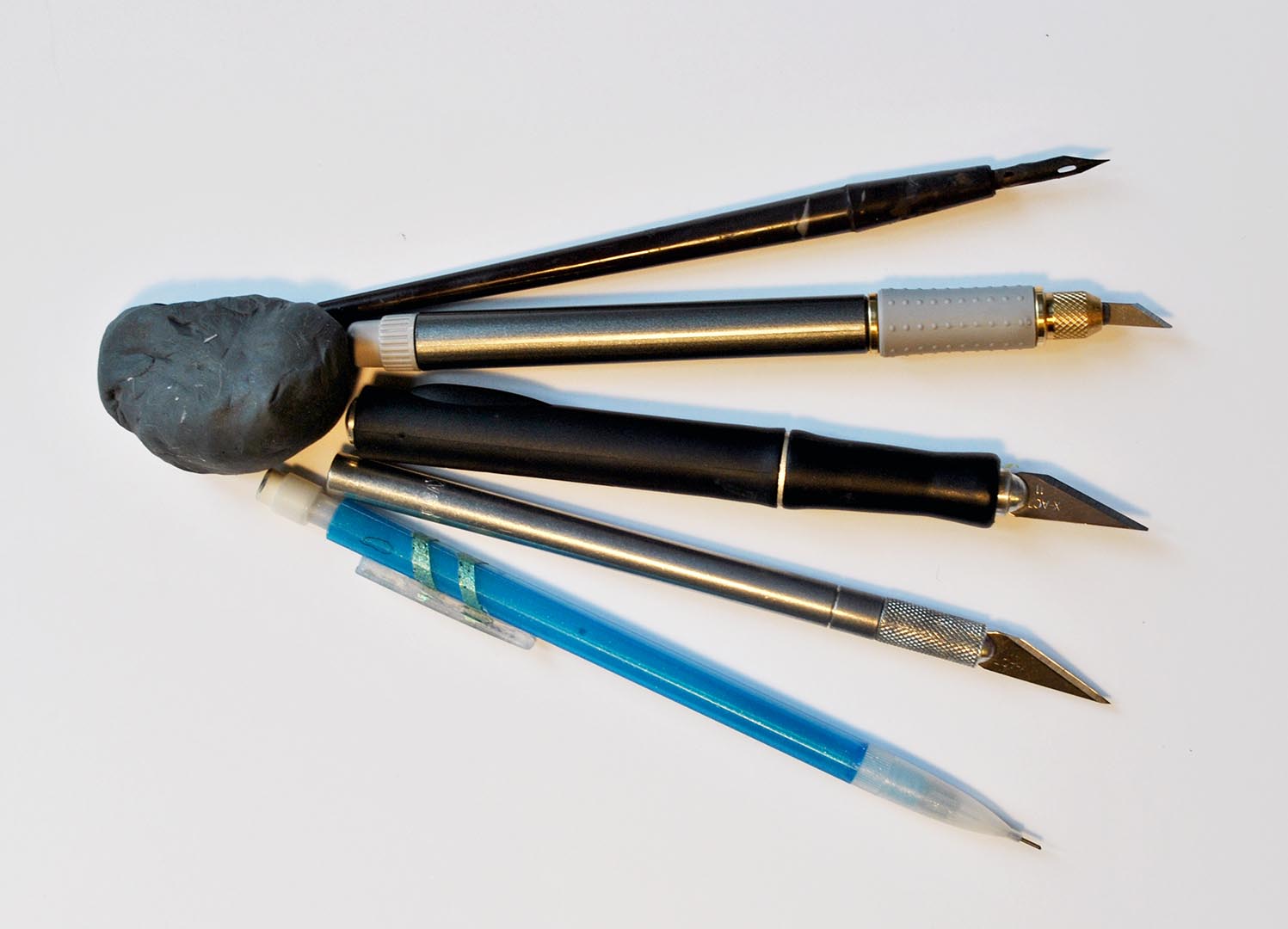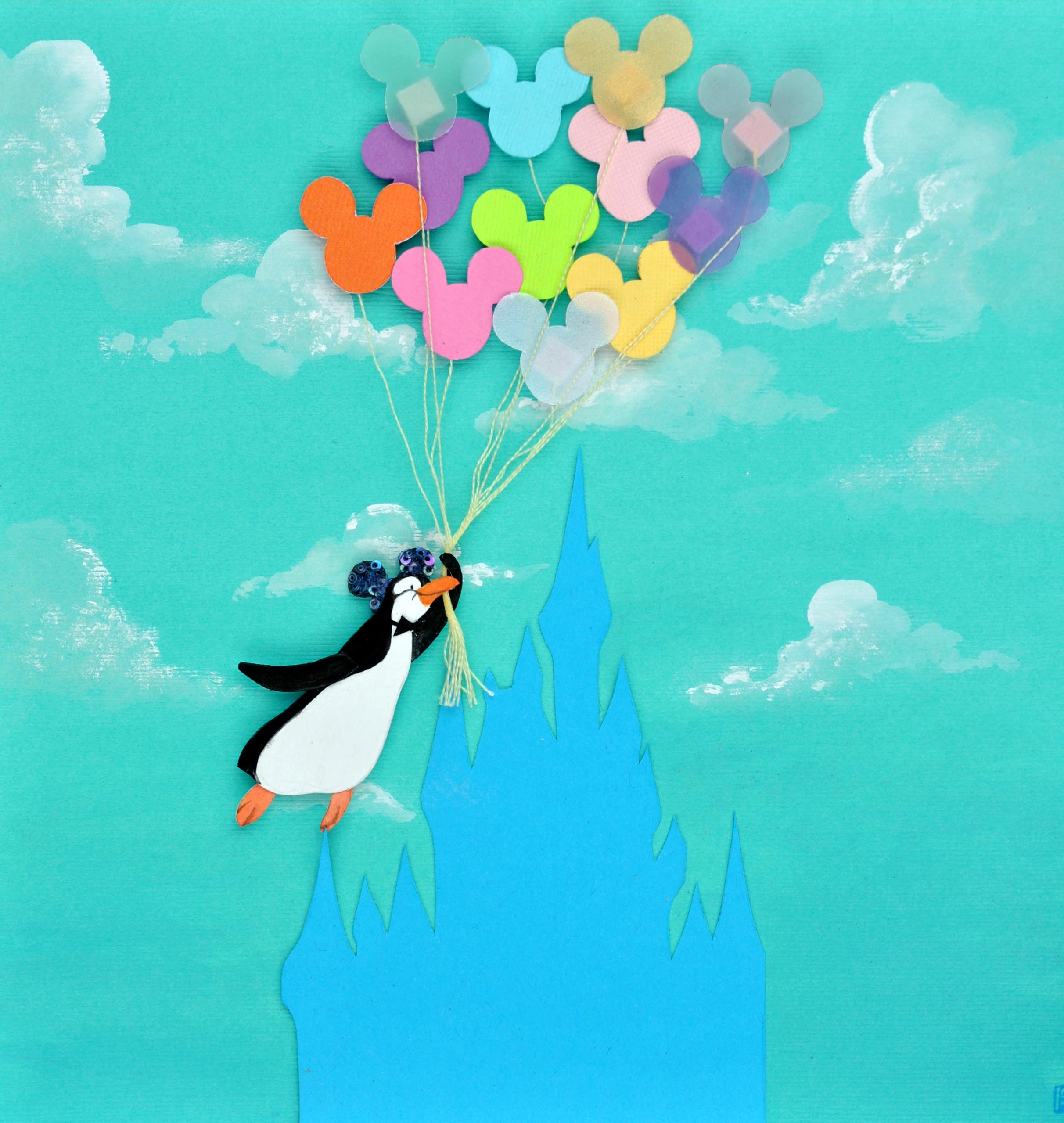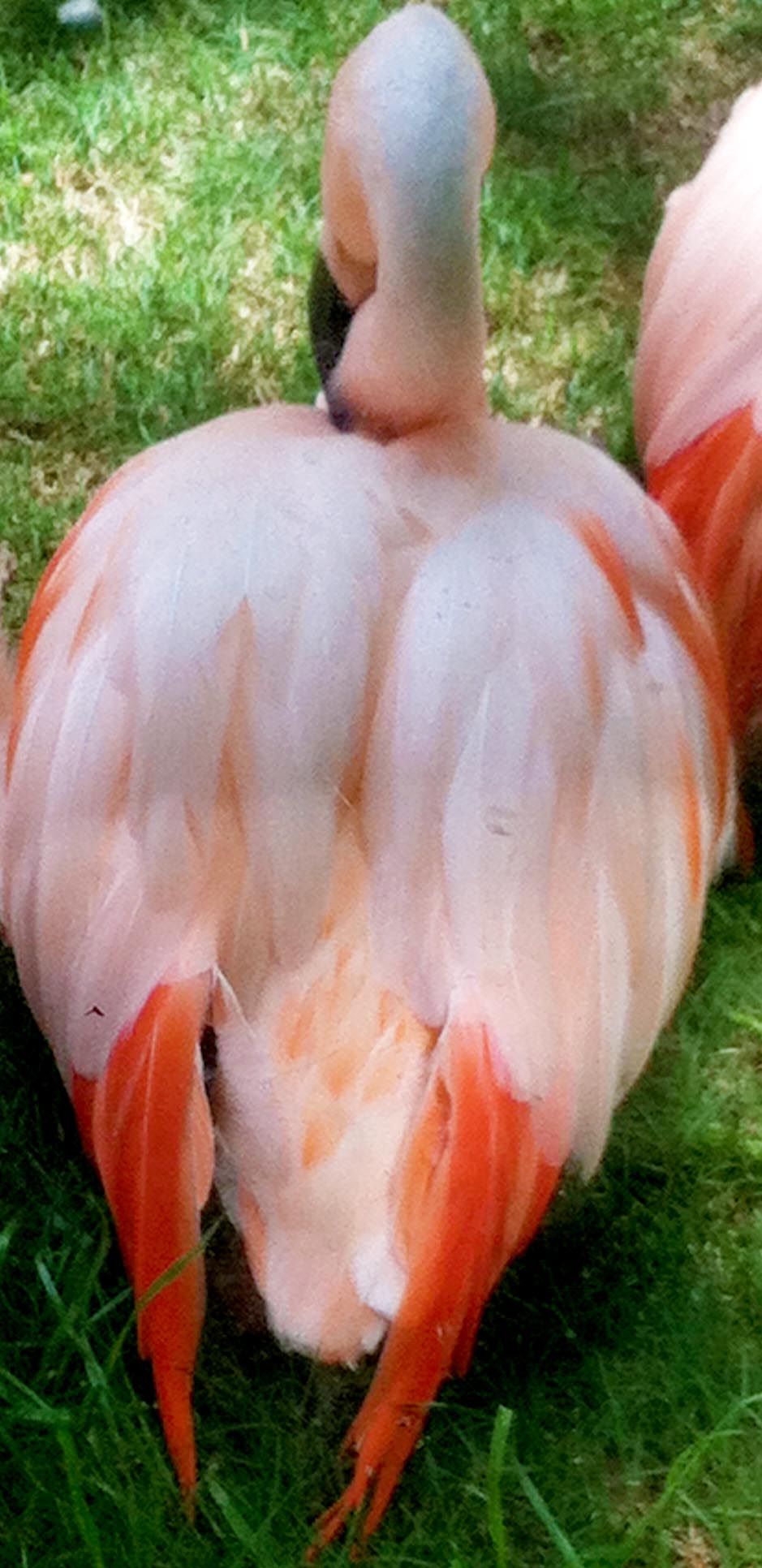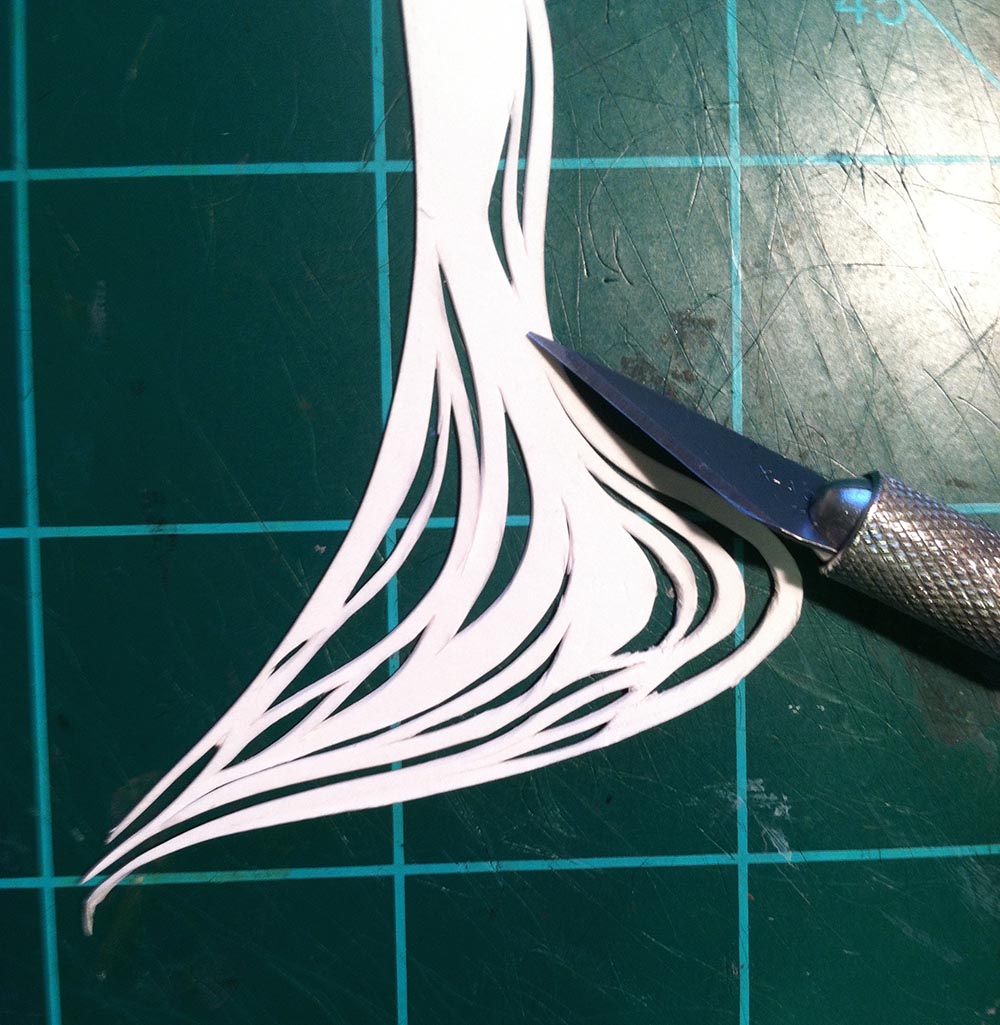Brain vs. Paper: Getting Your Idea Down
So often, people tell me "I wish I could just draw my ideas, but I can't." But the secret is: even professional artists often have a hard time getting the idea or image in their head down on paper. After all, there are no USB cables to connect your brain to a printer, as tempting a thought as that may be sometimes.
Ideas and images that come into your imagination tend to be fleeting. It's just part of their nature, I think, as it's part of the nature of creativity. Like I've mentioned in the past, I like to think of creativity as a living, growing organism. And like cats or small children, it never stays still for long, so you have to keep up with it, and develop a system for quickly capturing ideas as they appear. Of course, this system with vary from person to person, so think of the guidelines below as a sort of starting place to play around and see what works best for you. I've also found these steps to be helpful when trying to pin down on paper that elusive image in your mind. And while here, I'm relating these steps to visual art, the basic principles can also be used for writing, music, dance, etc.
1. Get down the bones
Natalie Goldberg has a wonderful book on writing called Writing Down the Bones, which encourages writers to first get down the "bones" of their work, whether it be a story, novel, poem, etc. The idea here is basically the same: start with the bare minimum. Break out the ugly scribbly lines! The messy blobs of color! Some ways to get started:
(While I can't show you the full image, here's a snapshot to give you an idea of the sketch.)
- Make a rough sketch or gesture drawing. It doesn't have to be pretty; as long as you know what you're trying to convey.
- Color block your image. Just get down the hues you see in your mind, and don't worry about them working perfectly yet; remember, this is just stage one.
- Value block your image (like color blocking, just with shades of grey). This works particularly well for people who tend to think in black-and-white or have an eye for dramatic lighting (chiaroscuro, anyone?).
Each person has their own preferred method for doing this. For instance, being a painter at heart, I work by color, so I'll start by painting large swathes of color either with watercolors or Photoshop (the latter is nice in that it's easily edited), or I'll sketch in very loose, messy strokes. Again, don't limit yourself to only these methods: play around and just have fun with it, seeing what comes easiest to you! Maybe it's making collages, or arranging tiles into patterns. The most important thing is to keep it quick and dirty: getting the basics of your idea down in a couple minutes and in a way that seems natural to you.
2. Research
Now that you have the outlines of your image/idea down, you can breathe a little easier. It's not going to float away into the ether, and now you have some time to develop it further. Take inspiration from everywhere! If you're starting an illustration, don't just limit yourself to art and photographs. Go take a walk outside, read magazine articles, flip through a genre of book you normally don't read (I find nonfiction to be especially helpful for this), or just go people-watch at a busy coffee shop. The point is to get your brain thinking in new and different ways and to shake up your perspective. True, this isn't technically research, but think of it as mental stretching before you get into the thick of it. Once you feel all limbered up, try looking up the following:
An inspiration board from a (still unpublished) project.
- When it comes to art, you can never have too many reference photos. The best are the ones you take yourself (cell phone cameras are great for this, since you can capture interesting details/lighting situations/etc. anywhere you go). Plus, if you're someone who tends to rely heavily on reference photos, using your own photos avoids problems with copyrights and intellectual property rights later on.
- One of the most helpful things to me when I'm trying to get an image down is finding inspiration images. Usually these are other pieces of art, maybe with a similar palette, or style, or even just a way of drawing noses that I like. I collect entire Pinterest boards fill of inspiration images to flip through when I find myself stuck, but also frequently reference children's books, vintage prints, and museum archives (The National Gallery and Met have amazing online collections, as do many other museums).
3. Go piece by piece
In Anne Lamott's book Bird by Bird (I really like books on writing, okay?), she encourages writers to take their stories one step at a time, and not get overwhelmed by the big picture.
Most oil and digital painters work through a similar method: they start with very loose sketches and rough blocks of color, and then slowly, work on each part of the painting, adding more detail and clarity with each layer. The idea is to build up the final image with each layer, firming up your idea as you gradually bring your image to life. Maybe you change your mind partway through and decide that it would actually work better if you did this, or altered that. Remember that editing is an essential part of creation! Very few people have the gift of getting it right the first time around (and we don't like those people very much because of it). Most of us mere mortals have to really work at something, let it sit for a while, then come back with fresh eyes, work at it some more, and repeat until done. This is a process that could take hours or could take years (scary, I know). But unless you have a deadline, try and let yourself enjoy the process!
So the next time you get a great idea for an illustration, or any sort of creative work really, but feel like you just can't bring it to life or get it down on paper, give these steps a try. Take it one small piece at a time and work your way up to the image or idea as a whole. Be kind to yourself, and remember that mistakes are always allowed; you never know what unexpected opportunities they may bring!
